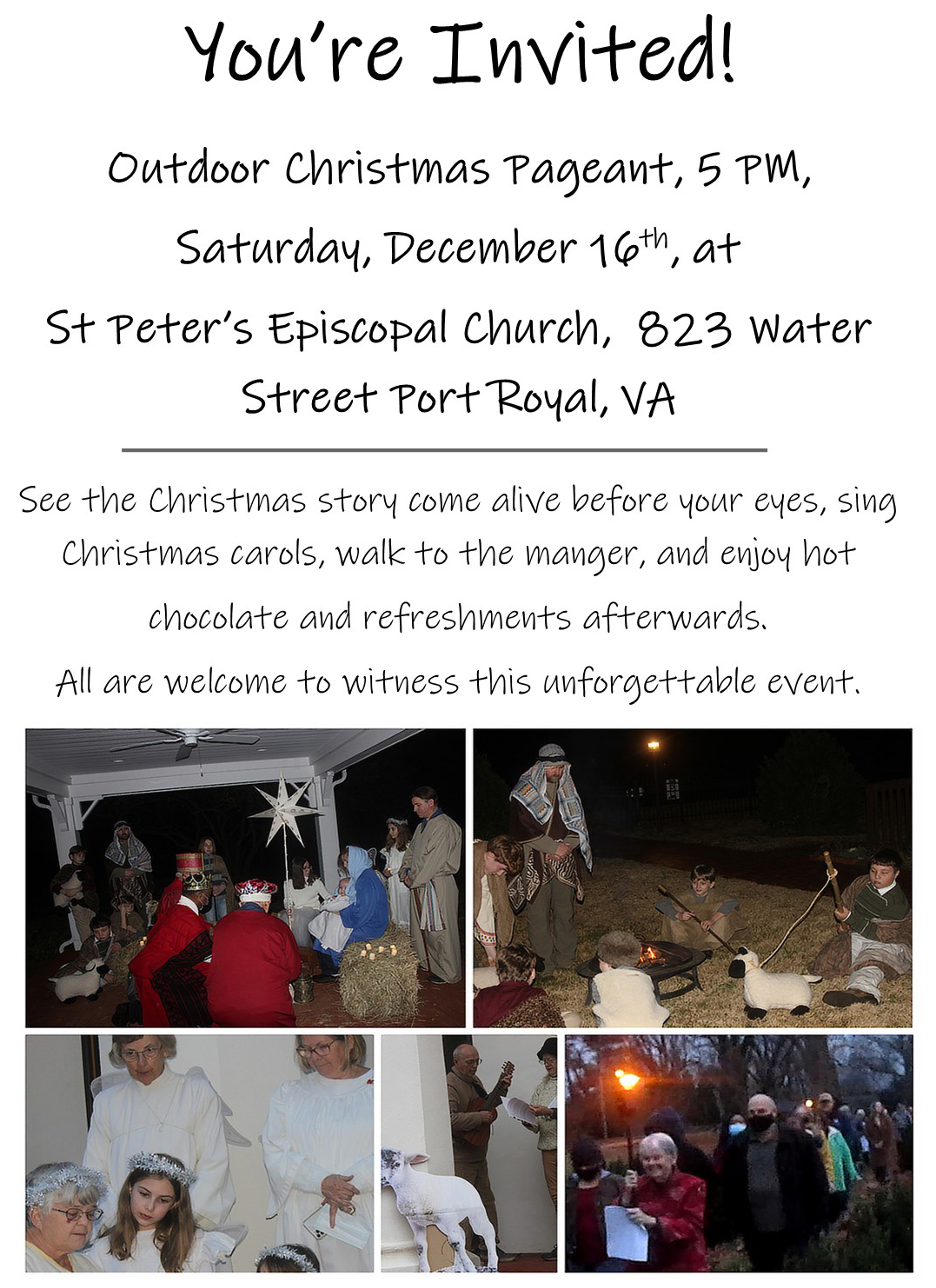Commentary is by Daniella Zsupan-Jerome, director of ministerial formation at Saint John’s University School of Theology and Seminary.
The voice of John the Baptist crying out in the wilderness and gathering great crowds invites us into the Second Sunday of Advent. Pieter Brueghel the Younger’s St. John the Baptist Preaching captures this moment as he presents a wooded wilderness embracing a colorful crowd. Left of center is John the Baptist, clad in camelhair, though we have to search the scene to find him. Instead of standing as a dominating figure, John is one of the crowd, one of the people who serves his peers with prophetic passion.
For Brueghel, the crowd itself seems to be the dominant figure. It fully saturates the landscape as one body that reveals its diversity only upon closer inspection. A chief way Brueghel shows that diversity is through hats, hoods, and headdresses—each signifying a different culture, vocation, or profession. Brueghel shows not only the mix of people that might have been present in the region, but the great diversity of all of humankind as the intended recipients of the Good News that John is heralding. John prepares the way of the Lord to go beyond boundaries, starting with the colorful cavalcade of people who come to hear the prophetic message.
The body of the crowd becomes vertical, as people all around the perimeter climb the trees to get a better view. Sitting on branches, they foreshadow the story of Zacchaeus the Tax Collector, a figure of conversion and repentance from the Gospel of Luke. Thus, the tree climbers also underscore the message of conversion that John is preaching. Ascending the trees also foreshadows the cross itself as the ultimate place of reconciliation.
In the background, we see a clearing in the woods that presents a vista of a river, a walled castle, and misty mountains. This is an invitation to see beyond the immediate message to the possibilities of God’s ultimate home for us. The river, evocative of Baptism, is especially important as it winds like a road into the mysterious beyond.
We too are called to look beyond and see ourselves as part of a body of people who are gathered by the Good News. Like John, we are also sent to share the Good News so as to help open the horizon of possibilities that lead us all into God’s eternal love



